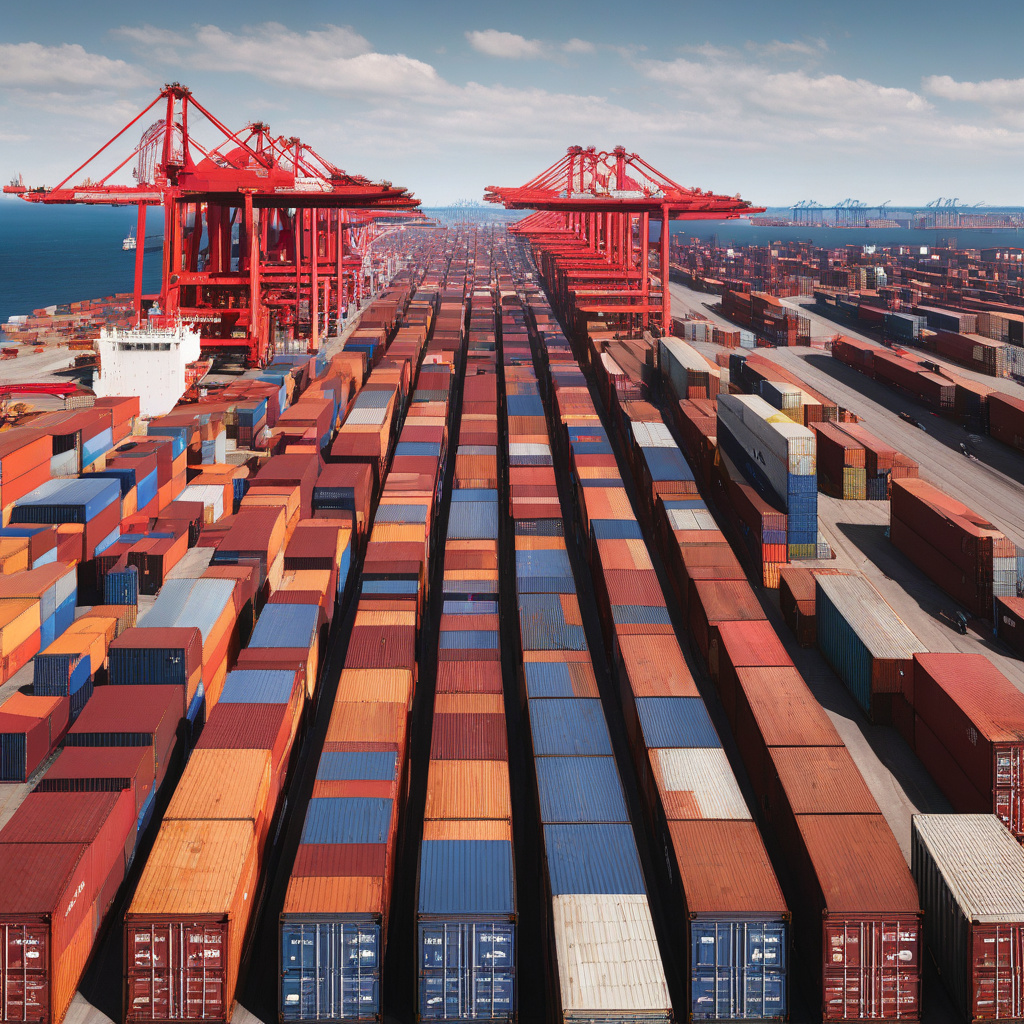US Imports Set to Fall 20% in Second Half of 2025 on Trump Tariffs, NRF Forecast Shows
Imports are expected to drop dramatically beginning next month. The National Retail Federation (NRF) has recently released a forecast indicating that US imports are set to plummet by 20% in the second half of 2025. This significant decline is primarily attributed to the implementation of tariffs imposed during the Trump administration.
The NRF’s forecast underscores the far-reaching impact of trade policies on the economy. With the imposition of tariffs on various imported goods, businesses are facing increased costs, leading to a decrease in demand for foreign products. As a result, many retailers and manufacturers are reevaluating their supply chains and exploring alternative sourcing options.
The decline in imports is expected to have ripple effects across different industries. Retailers that rely heavily on imported products may experience supply chain disruptions and higher costs, which could ultimately be passed on to consumers. Additionally, manufacturers that depend on imported raw materials may face challenges in production and pricing.
In response to the anticipated decline in imports, businesses are strategizing to mitigate the impact of tariffs on their operations. Some companies are diversifying their supplier base to include domestic sources or exploring partnerships with suppliers in other countries not affected by the tariffs. By reassessing their sourcing strategies, businesses aim to maintain competitiveness and adapt to the changing trade landscape.
Moreover, the NRF’s forecast serves as a reminder of the ongoing volatility and uncertainty in global trade. Fluctuating trade policies and geopolitical tensions can significantly disrupt supply chains and market dynamics, requiring businesses to stay agile and responsive to external factors. In this dynamic environment, organizations that can quickly adapt to changing trade conditions are more likely to succeed.
As businesses navigate the challenges posed by the decline in imports, opportunities for innovation and growth may also emerge. Companies that invest in research and development to enhance domestic production capabilities or streamline their supply chains could gain a competitive edge in the market. By leveraging technology and automation, businesses can improve efficiency and reduce costs, offsetting the impact of tariffs on imported goods.
In conclusion, the NRF’s forecast highlighting a 20% drop in US imports in the second half of 2025 underscores the complexities of global trade and the challenges faced by businesses in navigating trade policy changes. As companies brace for the impact of tariffs, strategic planning and proactive measures will be crucial in adapting to the evolving trade landscape and ensuring long-term sustainability.
tariffs, US imports, NRF forecast, trade policies, supply chains












